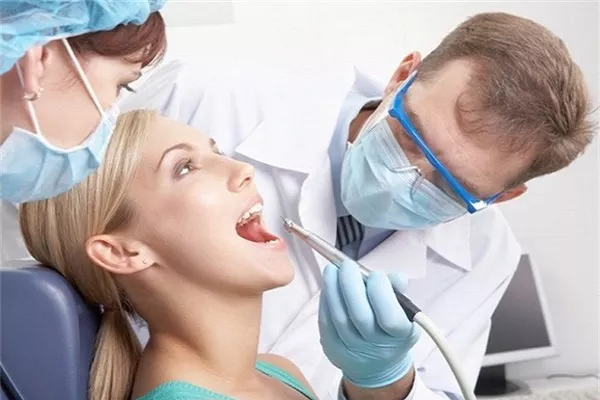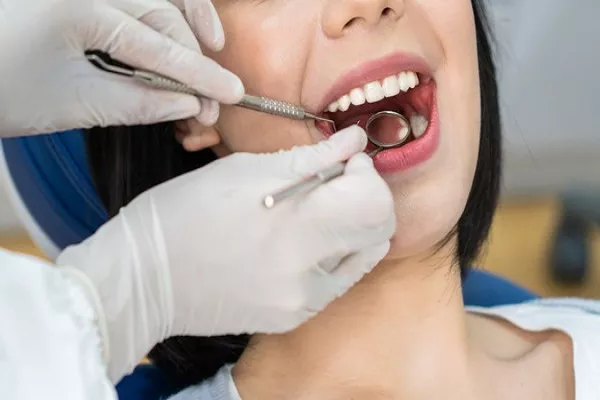In the quest for a perfect smile, many individuals contemplate the journey of getting their teeth straightened. The desire for well-aligned teeth often prompts questions about the cost associated with orthodontic treatments. If you’ve been wondering, “How much is it to get your teeth straightened?” you’re not alone. This comprehensive guide aims to shed light on the various factors influencing teeth straightening costs and provide insights into affordable options.
1. Types of Teeth Straightening Options
When exploring the realm of teeth straightening, it’s crucial to understand the different treatment options available. Traditional braces and Invisalign are the two primary contenders in the orthodontic arena.
1.1 Traditional Braces: The Time-Tested Approach
Traditional braces consist of metal brackets and wires, working in tandem to gradually shift teeth into their desired positions. Despite the visible nature of these braces, they remain a popular and effective choice for many. The cost of traditional braces typically ranges from $3,000 to $7,000, depending on factors we’ll delve into shortly.
1.2 Invisalign: The Invisible Solution
Invisalign, on the other hand, offers a more discreet alternative. These clear aligners are custom-made to fit your teeth and are virtually invisible when worn. The cost of Invisalign generally falls between $3,000 and $8,000. While the price tag may seem steep, the convenience and aesthetic appeal often make it a preferred option for those seeking a less noticeable treatment.
2. Factors Influencing Teeth Straightening Costs
Understanding the various factors that contribute to the overall cost of teeth straightening can help individuals make informed decisions.
2.1 Severity of Misalignment
The complexity of your orthodontic issues plays a significant role in determining the overall cost. More severe misalignments often require longer treatment times and may involve additional procedures, impacting the total expense.
2.2 Treatment Duration
The duration of your orthodontic treatment is directly linked to the cost. Longer treatment periods, whether due to the severity of misalignment or the chosen method, can result in higher overall expenses.
2.3 Geographic Location
Believe it or not, your location can influence the cost of teeth straightening. Orthodontic treatment costs may vary based on the region or country, with urban areas typically having higher fees than rural counterparts.
2.4 Additional Procedures
In some cases, additional procedures may be necessary to achieve optimal results. These can include tooth extractions, the use of temporary anchorage devices, or corrective surgeries. Each of these procedures contributes to the overall cost of treatment.
3. Affordable Braces: Making Orthodontic Treatment Accessible
While the cost of teeth straightening can seem daunting, there are ways to make it more affordable.
3.1 Dental Insurance Coverage
Check if your dental insurance plan covers orthodontic treatments. Some plans offer partial coverage for braces or Invisalign, easing the financial burden.
3.2 Flexible Spending Accounts (FSAs) and Health Savings Accounts (HSAs)
Many employers provide FSAs or HSAs, allowing employees to set aside pre-tax dollars for medical expenses. Utilizing these accounts can help offset the cost of orthodontic treatments.
3.3 Payment Plans and Financing Options
Orthodontic practices often offer flexible payment plans or financing options to break down the overall cost into more manageable monthly payments. This can make teeth straightening more accessible to a broader range of individuals.
4. DIY Teeth Straightening: A Controversial Trend
In recent times, the emergence of DIY teeth straightening kits has raised eyebrows within the dental community. While these kits may seem cost-effective, their safety and efficacy remain subjects of debate among orthodontic professionals.
4.1 Risks and Limitations of DIY Kits
DIY teeth straightening kits lack the supervision of a qualified orthodontist, potentially leading to complications such as root resorption, bite issues, or irreversible damage. The allure of a quick and cheap solution should be weighed against the potential risks involved.
4.2 Importance of Professional Consultation
Before considering any DIY teeth straightening option, it’s crucial to consult with a licensed orthodontic professional. They can assess your specific needs, discuss viable treatment options, and provide a more accurate estimate of the associated costs.
In conclusion, the cost of getting your teeth straightened varies based on several factors, including the severity of misalignment and the chosen orthodontic method. By exploring affordable payment plans, comparing braces and Invisalign, and considering budget-friendly alternatives, you can achieve a straighter smile without compromising your financial well-being. Remember to consult with orthodontic professionals to determine the most suitable and cost-effective solution for your unique needs.
Related Links:
How does invisible aligners work?
How to fix overbite teeth at home?
Why do my teeth click when i push on them?






























